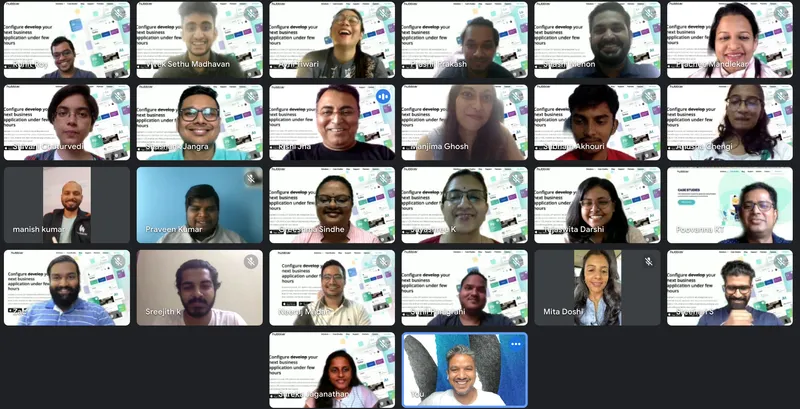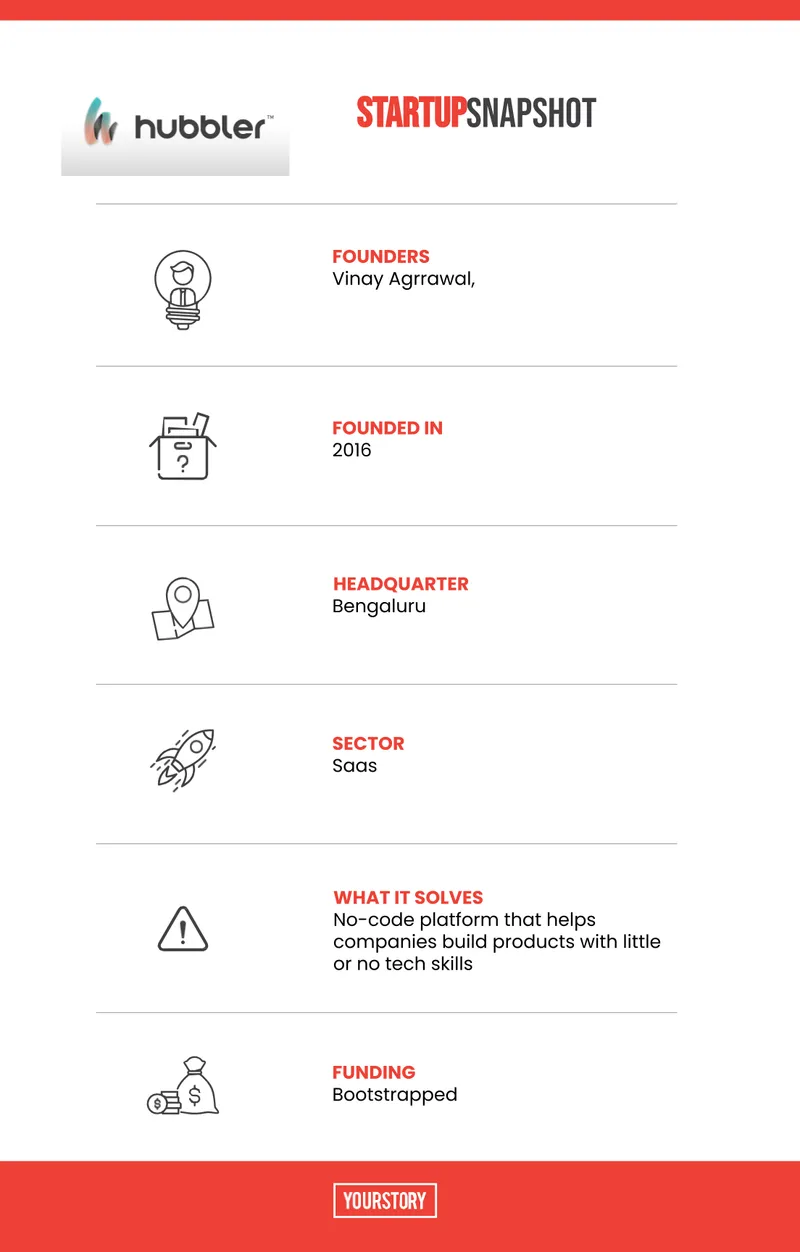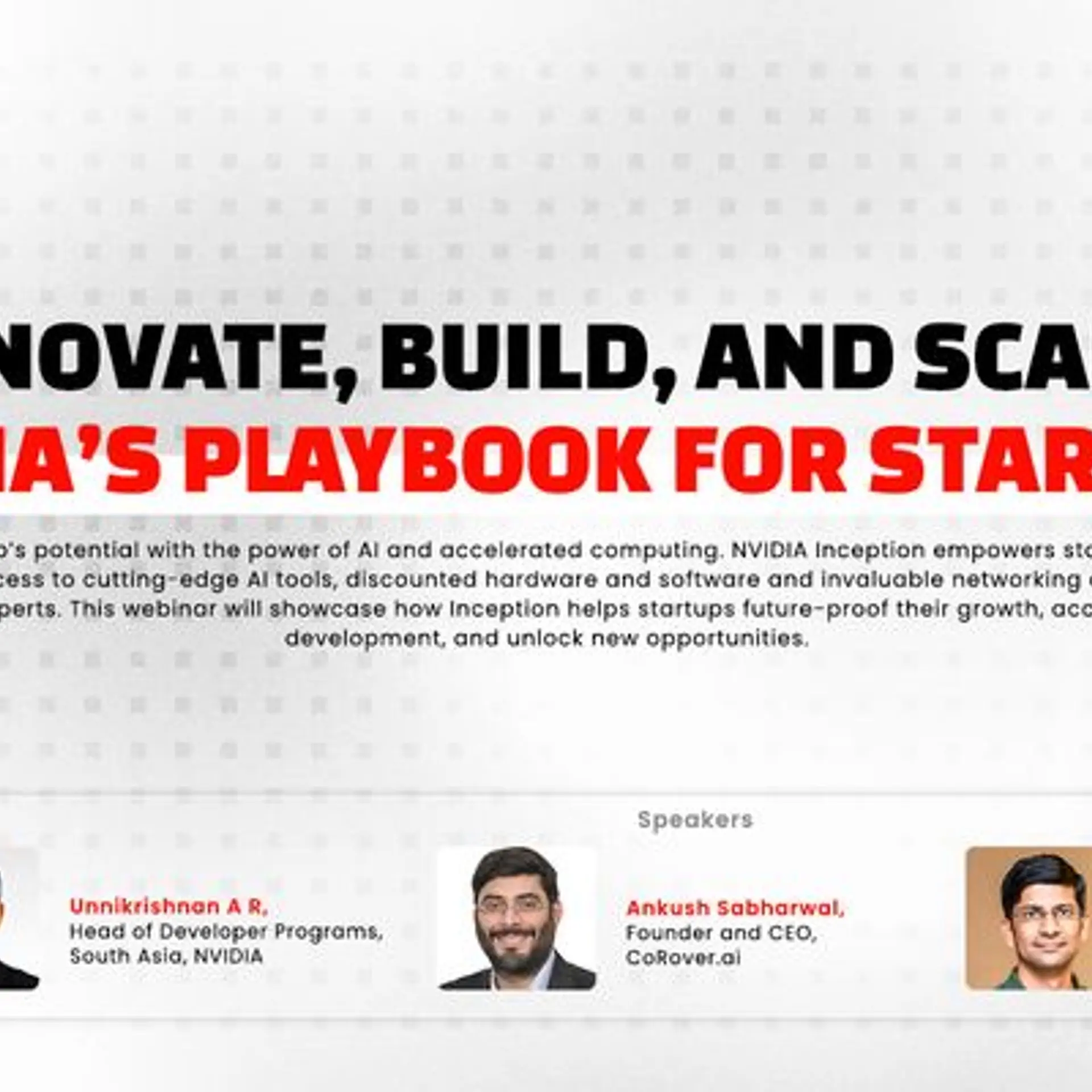Why this second-time entrepreneur decided to start a no-code platform for businesses
Hubbler is a full-fledged DIY platform that claims to digitise business processes within 15 minutes without relying on coding.
When Vinay Agrrawal was building cloud communications startup Unicel, which was acquired by mGage India in 2015, he realised that as revenues ballooned, internal operations became more chaotic. This chaos had a significant opportunity cost in the form of accounts lost due to lack of bandwidth or because internal processes weren’t streamlined.
“My big Eureka moment was when I realised that one’s software/tech stack should not be treated as a cost centre, but instead, a profit centre,” Vinay tells YourStory.
This led to the birth of in Bengaluru, a DIY no-code cloud platform that helps organisations build business applications under any function or domain within hours, and without having to write a single line of code.
The startup was started with the aim of managing productivity, enhancing collaboration, and helping companies engage with employees. Today, Hubbler has grown into a full-fledged DIY platform that claims to digitise business processes within 15 minutes and without relying on coding.
“COVID-19 brought with it the urgency of digital transformation and automation across enterprises, and allowed Hubbler to pivot from field-force applications that run in the periphery of the business to core and legacy operations, exposing us to several use cases that amplified that capabilities of the platform,” says Vinay.

The Hubbler team
Focus on the creator economy
Hubbler was born amid the burgeoning creator economy, with the team witnessing the likes of Canva helping individuals create beautiful designs without having to outsource their ideas to designers.
“We have seen InVideo revolutionise the ability to create and monetise videos — a function that was earlier reserved for professionals who knew how to use complex video-making applications. The power is now in the hands of creators and Hubbler was built to empower creators in business enterprises to build applications, develop automation, and create workflows without having to rely on writing code,” says Vinay.
What Hubbler aims to solve
At its core, the startup strives to address the problem of adoption or user acceptance.
The team solved this by narrowing down their ideal user persona to new-age product managers who have a keen aesthetic eye, a deep understanding of user experience needs and outcomes, are particularly interested in building their understanding of the platform, and have some technical experience that aides their creation of workflows and user journeys with Hubbler.
“We have spent the past three years fine-tuning and developing our platform to emphasise simplicity in automation, and empower product thinkers to launch products in a fraction of the time it would take to develop from scratch, engage in continual testing and iterations to ensure success post-launch, and avoid paying heavily for features in off-the-shelf applications that weren’t built for them in the first place,” says Vinay.
Hubbler’s platform offers over 100 components, called Hubbles internally, for configuring any kind of business application without writing a single line of code.
“Our customers have built and tested over 1,000 applications on our platform and we have deployed complex core solutions such as Procure to Pay Cloud, Lease Management, Revenue Operations, Expense Management, Field Force Automations, and end-to-end billing systems. Many startups have also built their tech backbone on Hubbler,” says Vinay.
While the team haven’t shared the names of the organisations that have built their core tech platform on Hubbler, their billing systems for clients have been built to run in the centre of an organisation’s workflow functions, and integrate freely as an open system with all existing applications and platforms.

What does the platform do?
Designed to test out multiple product iterations and reduce rethink workflows, the platform’s built-in feedback mechanism, coupled with zero change management, is aimed at increasing the chances of post-launch success.
The core product features:
40+ Intelligent Hubbles: Hubbles are configurable microservice-based components that help build truly vertical/function agnostic applications and change them on the fly.
Super APP concept: Hubbler is designed to reduce the number of applications that a business user needs to interact with. Not only can one fork a new application on Hubbler as needed but also connect their legacy systems to Hubbler and interact with it using Hubbler as an interface.
Connect and engage: The platform can create and track organisation goals, along with rewarding people and celebrating success.
Device Agnostic: It can deliver applications natively to Android, iOS, and Web.
Platform beyond workflows: It also builds around accelerating business transformation strategy rather than just capturing the workflows.
The platform operates on a SaaS business model with license subscription fees, transaction fees, integration charges, and expert consultations.
Future plans
“We are at a very early stage of monetisation and this is going to evolve on its own which will be driven by our creators community. As per our current unit economics, we earn ‘three by spending one’ in acquiring each enterprise customer. We are on an interesting path where low-code/no-code platforms are already among the top three platform types used in 2021, with ~$5.7 billion markets and expected to grow at a 26.4 percent CAGR for the next three years (Source: Gartner),” says Vinay.
According to the Grand View Research report, the global product design and development services market size was valued at $7.9 billion in 2020, which is expected to grow at a CAGR of 11.6 percent between 2021 and 2028.
The bootstrapped startup competes with the likes of Guwahati-based TechVariable, and Bengaluru-based Frshr Technologies.
The team aims to go global soon and raise their first round of funding. They are looking to add over 10,000 creators and partners to the Hubbler ecosystem.
“This will make our journey easier to acquire a million+ users by 2022. We are aggressively chasing the goal of building a partner and creators community that will help scale our market reach and monetisation potential,” says Vinay.
Edited by Kanishk Singh



![[Funding alert] SaaS startup for SMEs, TranZact raises $7M in Series A round](https://images.yourstory.com/cs/2/a09f22505c6411ea9c48a10bad99c62f/TranZact-19-1639587229810.png?fm=png&auto=format&h=100&w=100&crop=entropy&fit=crop)





